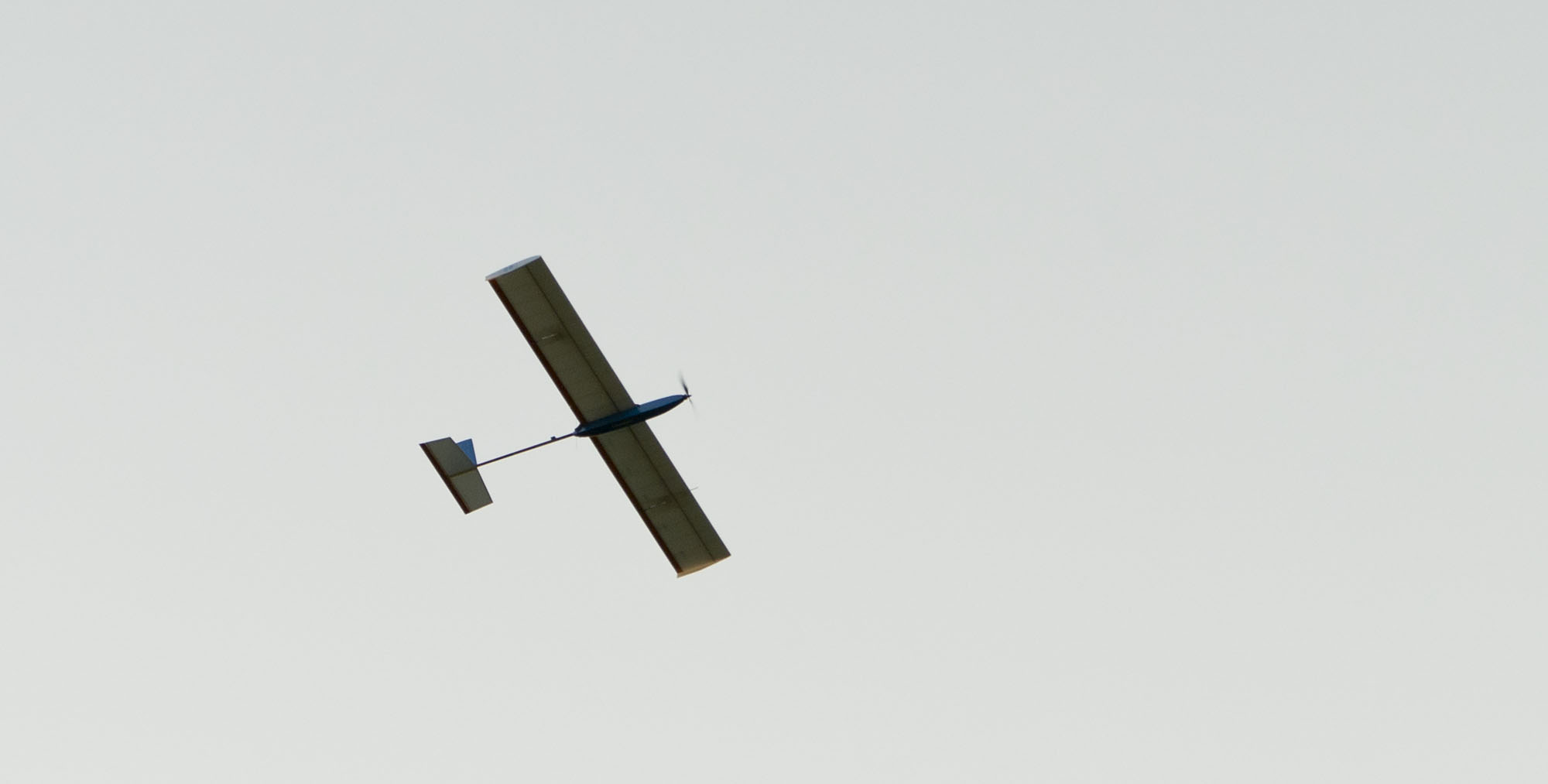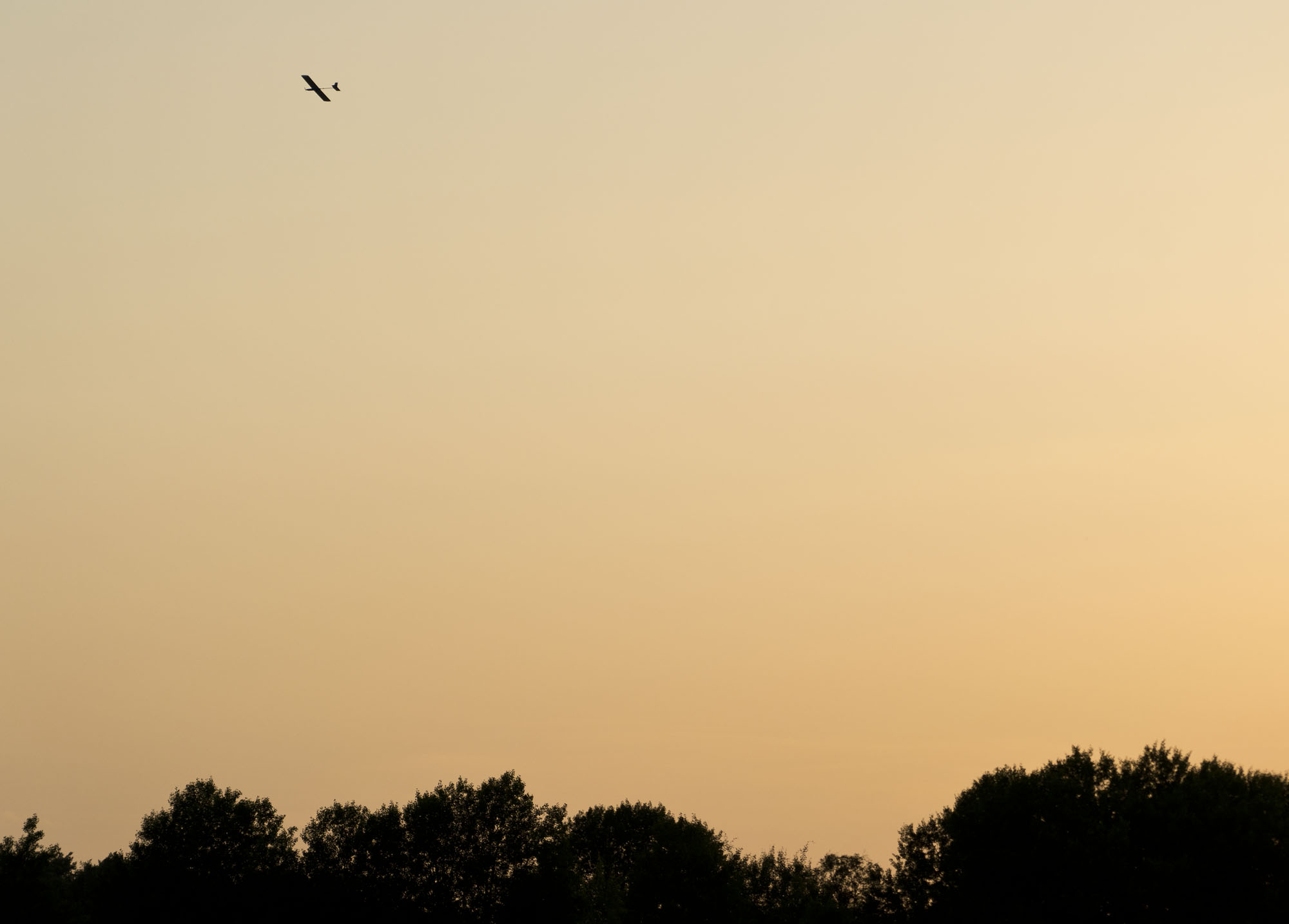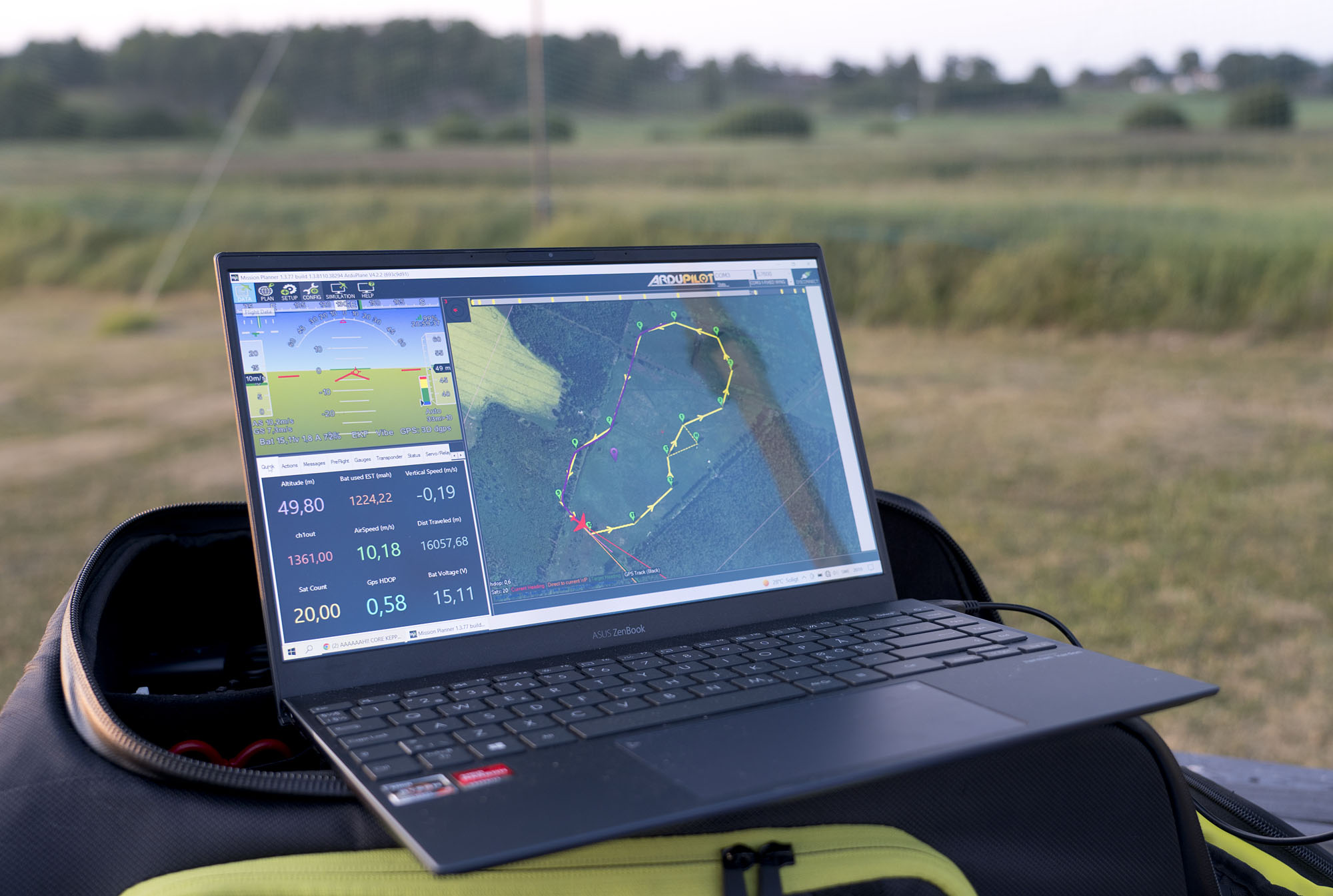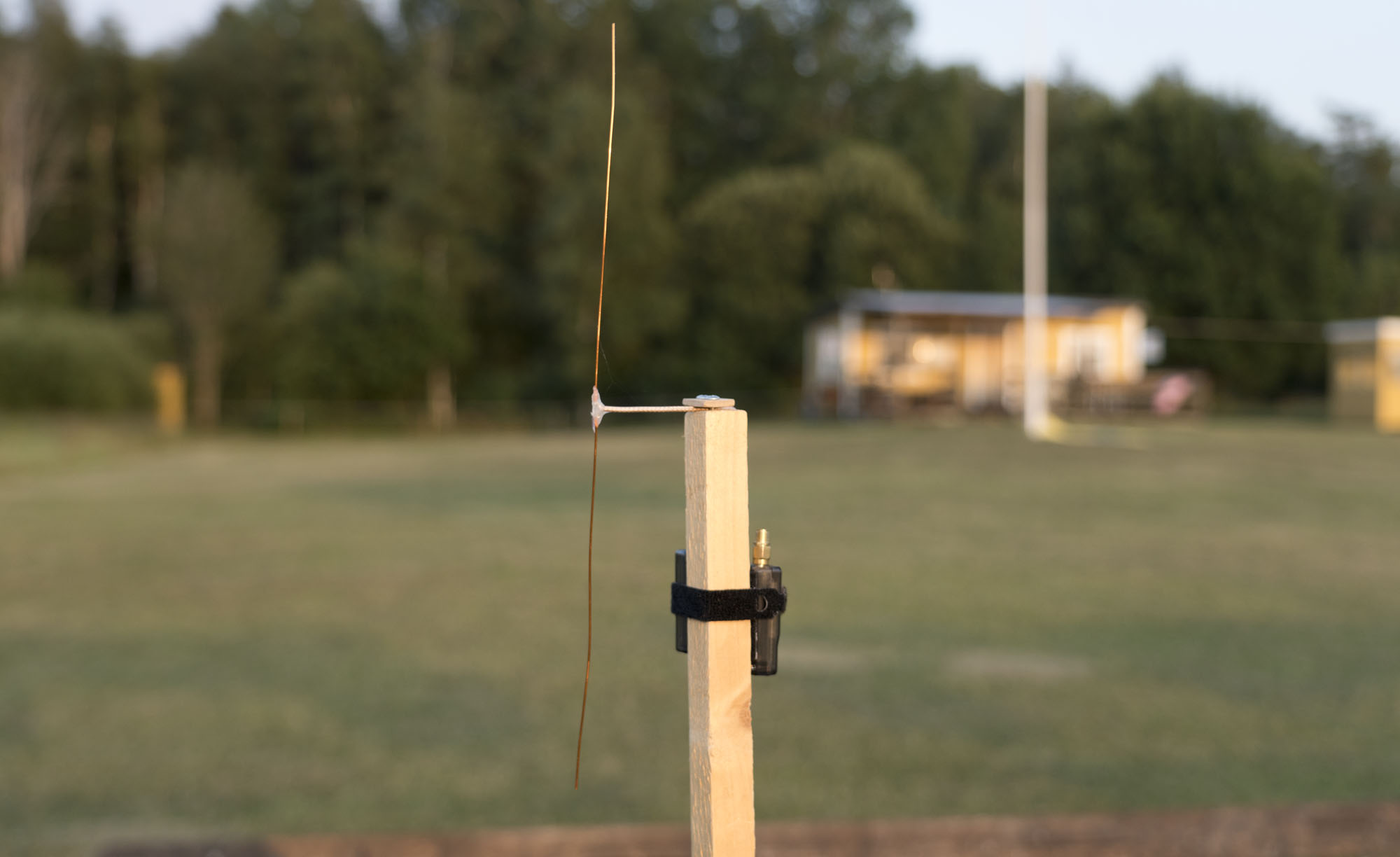
This is a new project I have been working on for the last couple of mounts. A solar power autonomous plane. My goal with this project is to make a plane that is capable of sustaining powered flight using solar power.
My main sources of inspiration are the solar planes that Daniel Riley from RCTESTFLIGHT made: https://youtu.be/SwbJJoe09DI and also this project by Magnus Lindström: https://discuss.ardupilot.org/t/solar-rc-plane-300km-7h/60981
My plane is scratch-built for the purpose of being a solar plane. Completely my own design. It has a large wing area for mounting solar cells and is relatively lightweight. The wing is built with depron and a wooden wing spar. It has a flat bottom wing profile that is similar to the classic Clark Y. The fuselage is built using balsa wood, and a fiberglass fishing pole as the tail boom. The wingspan is 2.5 meters. Total flying weight without solar sells is exactly 2 Kg, with gives a wing loading of about 24 grams per square decimeter.
The plane is using a 750 KV drone motor spinning a 13 inch propeller. This is powered by a 4-cell Li-Ion battery made of Samsung 50E 21700 cells. I am using a Mateksys 765 wing flight controller running the ArduPlane software. The plane is capable of flying GPS waypoint missions fully autonomously. There is also an airspeed sensor with a pitot tube mounted in the wing for improved speed control, and therefore improved efficiency.
I have not yet installed the solar cells on the wing. I wanted to do some flight testing first, since the solar cells are fragile and expensive. The plane is very efficient. In calm wind conditions the plane consumed 1730 mAh while cruising at 10 m/s at a constant altitude for 45 minutes. This results in an average consumption of about 2.3 Amps or about 35 Watts. Power consumption is slightly higher in windy conditions. The added weight of the solar cells on the wing will also increase power consumption slightly.
I will be using 36 Sunpower Flexible 5×5 E60 cells on the wings. The theoretical maximum power output is about 130 W, but the actual power output will be less than that. I will also be using a Genasun GV-5 charge controller that has a maximum power output of 75 W.


